Almost from the day it was invented, the torpedo was seen as the counter to the battleship. Suddenly, the smallest craft could carry and use a weapon capable of sinking a battleship, a task that had previously required another vessel of the same type. But despite this apparent dichotomy, many battleships did carry torpedoes, and it's worth taking a look at these weapons.
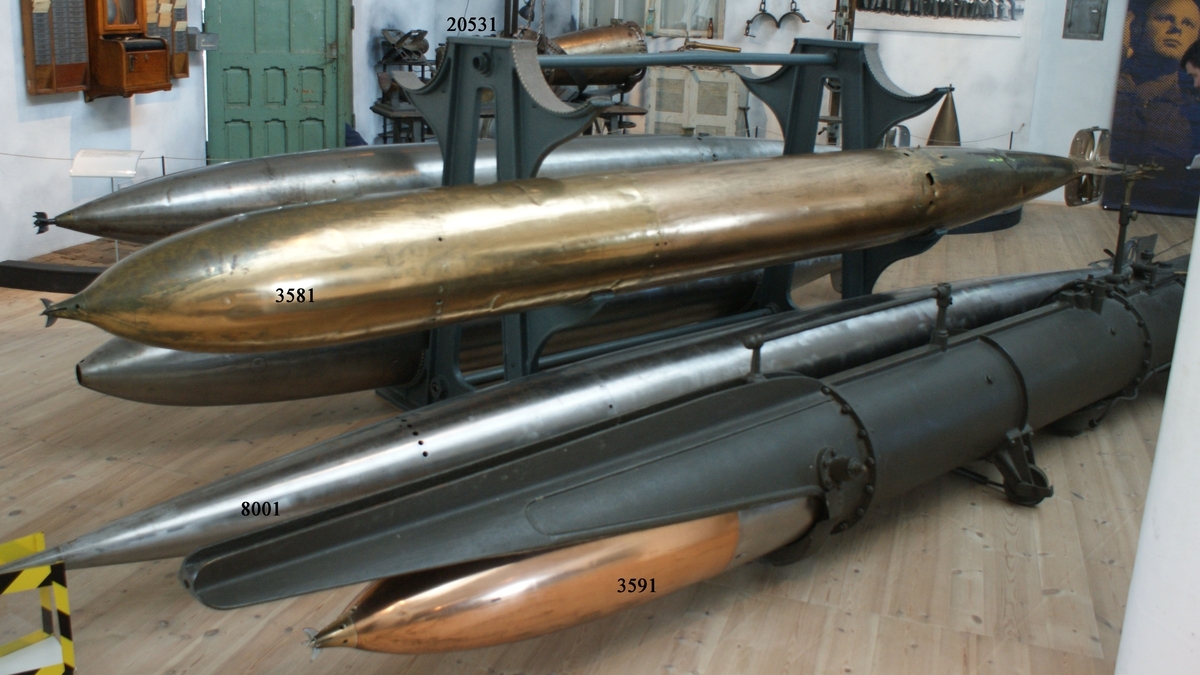
Early Whitehead torpedoes
The British first began to fit their ironclads with torpedoes in 1879, when HMS Devastation was fitted with a torpedo-launching carriage on each side, firing through a port cut in the breastwork armor. At the time, torpedoes were only capable of ranges of a few hundred yards, and speeds of maybe 20 kts, but this wasn't a huge problem. Many officers still thought that the ram would be a major weapon, which meant that their ships would be very close to those of the enemy. The torpedo was seen as an adjunct to the ram, capable of extending its reach to the sides or compensating for a miss. How well the launching gear would have worked in combat is dubious at best. At the time, launching a torpedo from above the water was a tricky business, and the carriages were unlikely to work well at high speeds. To make matters worse, in some cases they were on the exposed decks, which would have made them exciting to use in combat.
Read more...

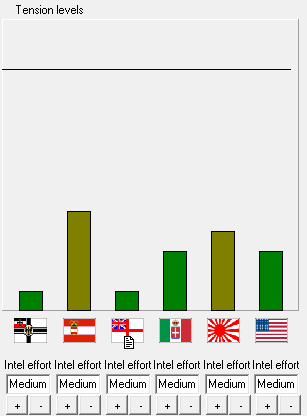




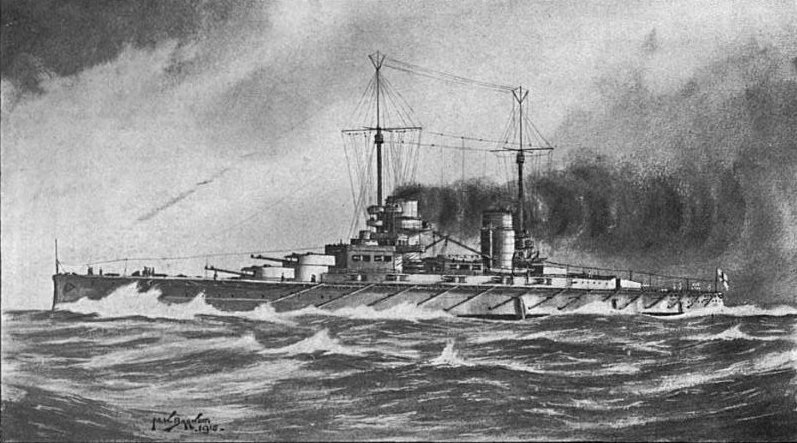
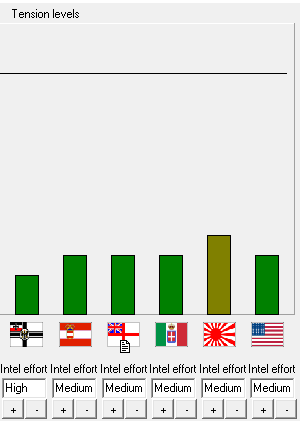
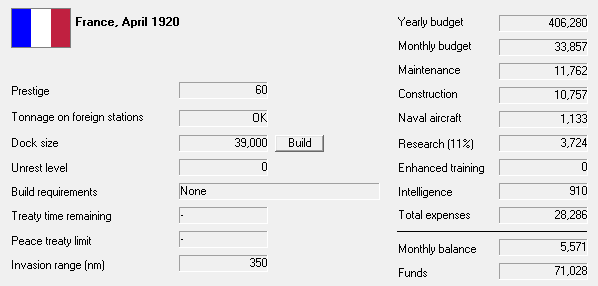

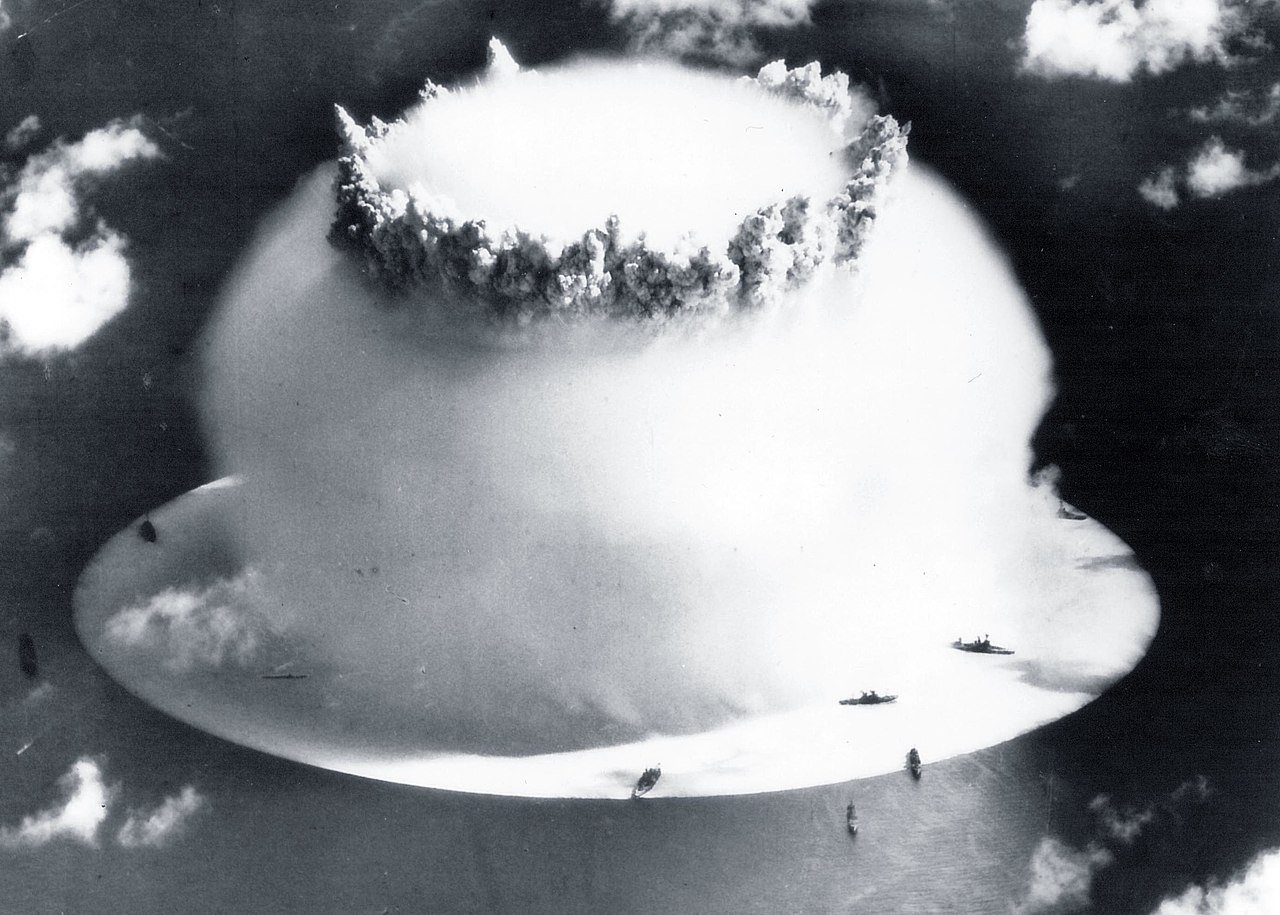
Recent Comments